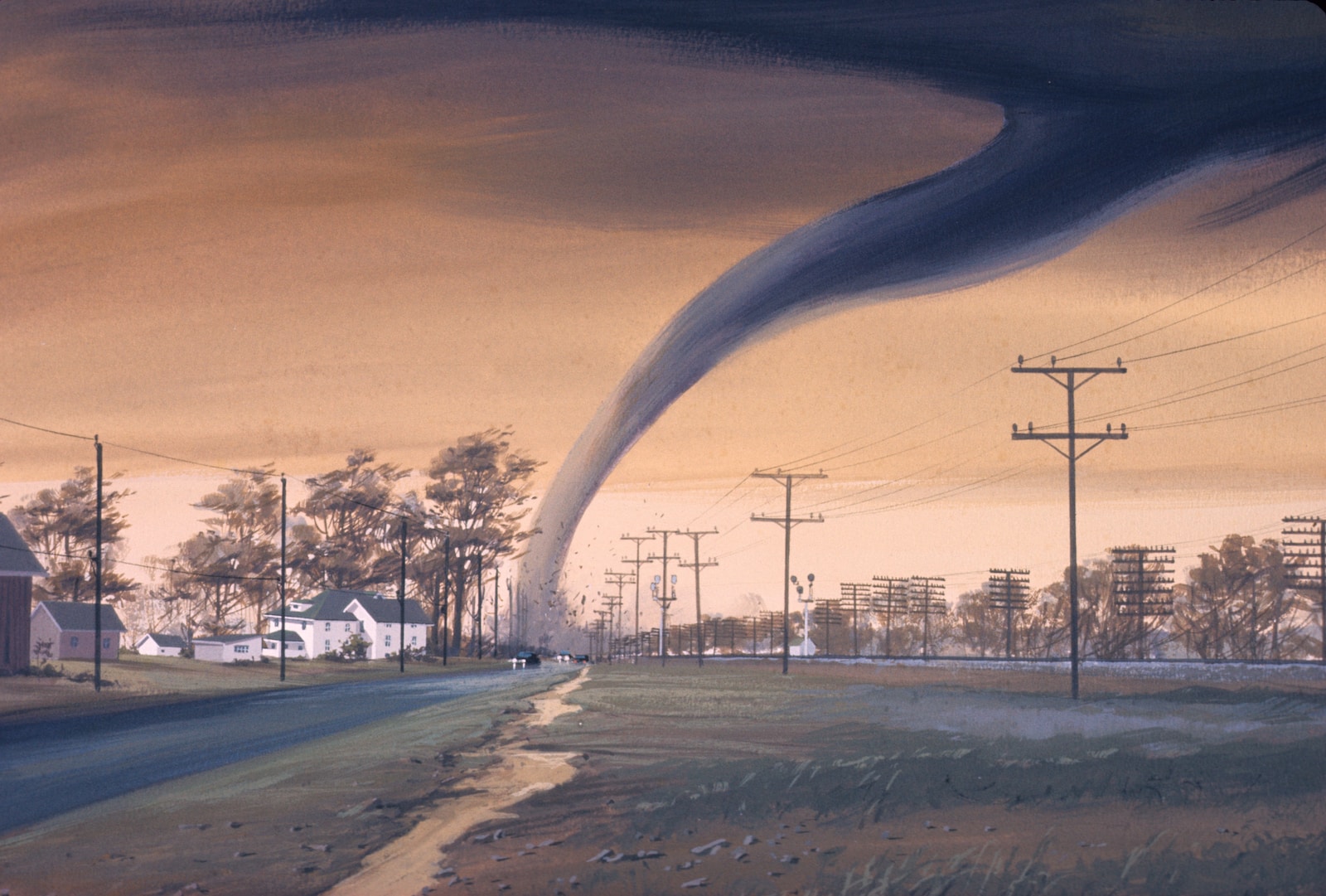Table of Contents
ToggleIntroduction
Central US is currently experiencing severe weather conditions, with tornadoes and hailstorms causing widespread damage and disruption. This article examines the causes, consequences, and potential solutions to the severe weather conditions in Central US.
Causes of Severe Weather
The severe weather conditions in Central US are a result of various factors, including the collision of warm and cold air masses, strong winds, and atmospheric instability. Climate change is also contributing to more frequent and intense weather events, including tornadoes and hailstorms.
Consequences of Severe Weather
The severe weather conditions in Central US have significant consequences beyond property damage and disruption to daily life. The tornadoes and hailstorms can cause injuries and fatalities, and lead to power outages and transportation disruptions. The severe weather can also have economic impacts, such as crop damage and increased insurance claims.
Preparedness and Response
To address the severe weather conditions in Central US, preparedness and response measures are necessary. These measures include having emergency supplies and plans, staying informed of weather alerts, and following evacuation orders. First responders and emergency management teams play a critical role in responding to severe weather incidents and ensuring public safety.
Climate Change and Policy Solutions
The severe weather conditions in Central US highlight the urgent need to address the global climate crisis. Policy solutions such as reducing greenhouse gas emissions, promoting renewable energy, and investing in climate resilience can help mitigate the impacts of climate change and reduce the frequency and intensity of severe weather events.
Community Resilience
Building community resilience to severe weather conditions is essential. This includes promoting sustainable land use practices, such as reducing impervious surfaces and increasing green spaces, and investing in infrastructure that can withstand severe weather events.
Conclusion
The severe weather conditions in Central US are a reminder of the urgent need to address the global climate crisis and promote community resilience. Preparedness and response measures, policy solutions, and community engagement are necessary to mitigate the impacts of severe weather events and build a more sustainable future for all.







